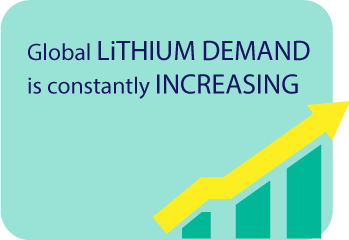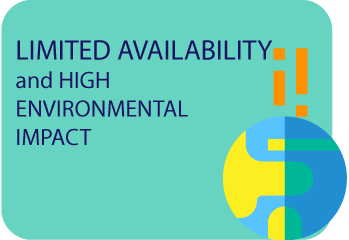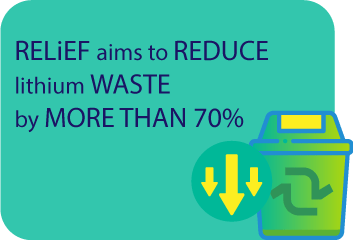Research
The demand for lithium (li) has almost quadrupled over the last decade paired with a staggering price hike. Supply still seems to be keeping up with the increasing demand, yet experts fear future supply chain bottlenecks, especially due to the limited geographic concentration of lithium production. More than 90% of global production results from four countries with deposits forecast to be depleted by 2055.
Effective reuse and recycling of the raw material is therefore paramount across all stages of the production and use cycle to mitigate any possible future risks. It ensures maximum usage of available resources cost-effectively while reducing the environmental impact of primary lithium production and decreasing dependency on imports of raw materials.



